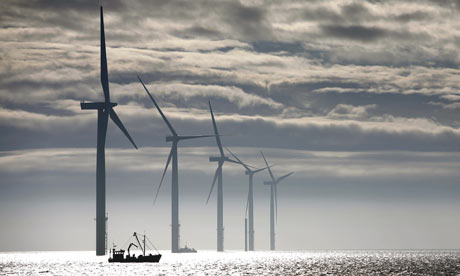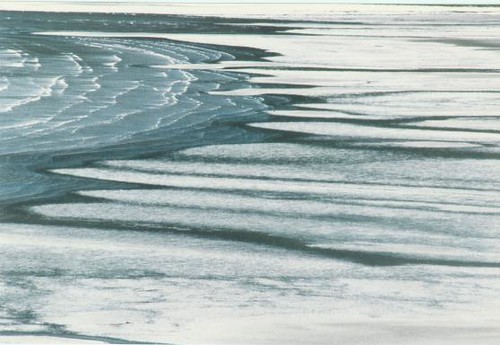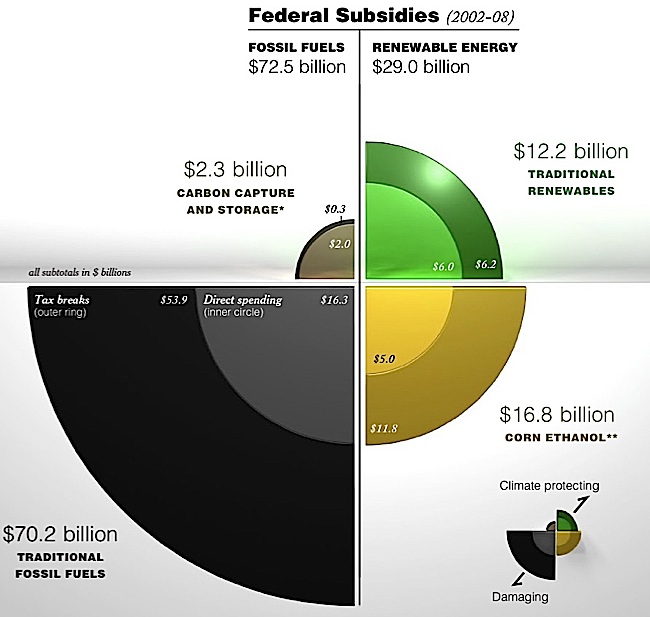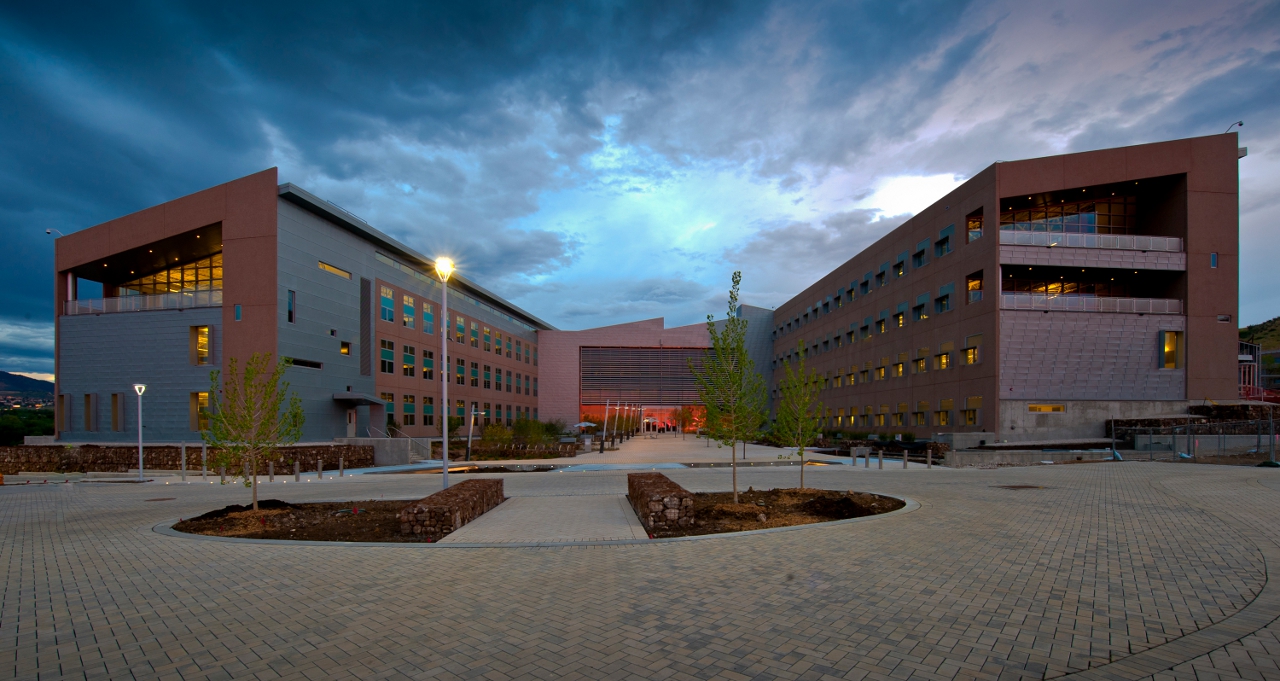Carbon dioxide (CO2) is a chemical compound composed of two oxygen atoms covalently bonded to a single carbon atom. It is a gas at standard temperature and pressure and exists in Earth’s atmosphere in this state. CO2 is a trace gas comprising 0.039% of the atmosphere.
With the paranoia and 2012 scare the world is experiencing now, we asked what things on Earth will remain after doomsday? Supposing the Erath will be washed out, aside from the Statue of Liberty, which may be found at the bottom of New York
The CO2 that all environmentalists have been discussing us - that greenhouse gas that we have been emitting into the atmosphere will definitely lasts for more years.
 According to an article from the National Geographic entitled, The Human CO2 Legacy Keeps Going and Going and Going by Bill Chameides…
According to an article from the National Geographic entitled, The Human CO2 Legacy Keeps Going and Going and Going by Bill Chameides…Suppose we emit 100 units of CO2 into the atmosphere. What happens to them? The answer can be found in a by David Archer of the University of Chicago and Victor Brovkin of the Max Planck Institute for Meteorology published in the journalClimatic Change. A rough rendition of their findings is provided in the figure below.
Within about a year about 40 units are gone, absorbed by the ocean and the land’s forests and other biota. Another 40 units are removed by dissolution into the ocean, but this takes several centuries to achieve. With the ocean saturated with CO2 and roughly 20 units left in the atmosphere, the CO2 already dissolved in the ocean reacts with calcium carbonate on the seafloor, allowing more CO2 from the atmosphere (approximately 10 units) to dissolve into the seas. But the process takes about 20,000 years. Eventually, those last 10 units of CO2 will find their way out of the atmosphere as a result of the workings of the so-called rock cycle driven by tectonics. How long will that take — oh, perhaps a million years.
So, all those that we have emitted in the air as of the moment, will remain perhaps even hundreds and thousands of years in the Earth. The impact that strong, no wonder its effects to our environment contributed a lot to the changes we are experiencing from global warming.
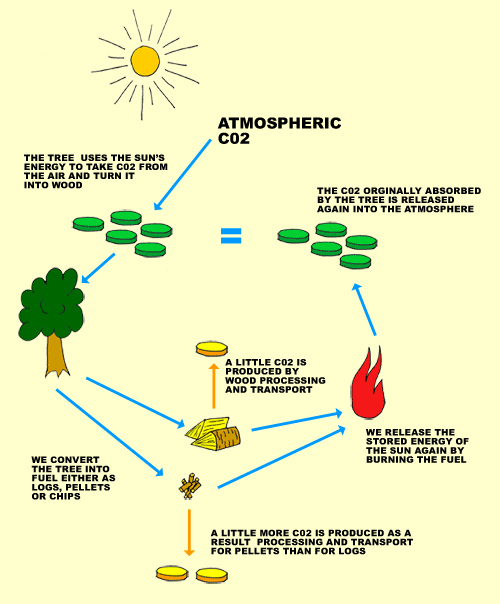 Uses? Carbon dioxide is used by the food industry, the oil industry, and the chemical industry. It is used in foods like in leavening agents produce carbon dioxide to cause dough to rise. Baker’s yeast produces carbon dioxide by fermentation of sugars within the dough, while chemical leaveners such as baking powder and baking soda release carbon dioxide when heated or if exposed to acids. It is also used to produce soda drinks, wine making, in welding, in pharmaceutical and agricultural.
Uses? Carbon dioxide is used by the food industry, the oil industry, and the chemical industry. It is used in foods like in leavening agents produce carbon dioxide to cause dough to rise. Baker’s yeast produces carbon dioxide by fermentation of sugars within the dough, while chemical leaveners such as baking powder and baking soda release carbon dioxide when heated or if exposed to acids. It is also used to produce soda drinks, wine making, in welding, in pharmaceutical and agricultural. In Earth’s atmosphere, carbon dioxide is considered a trace gas currently occurring at an average concentration of about 390 parts per million by volume or 591 parts per million by mass. The total mass of atmospheric carbon dioxide is 3.16×1015 kg (about 3,000 gigatonnes). Its concentration varies seasonally (see graph at right) and also considerably on a regional basis, especially near the ground. In urban areas concentrations are generally higher and indoors they can reach 10 times background levels. Carbon dioxide is a greenhouse gas (source: Wikipedia).
Definitely, carbon dioxide is here to stay.

